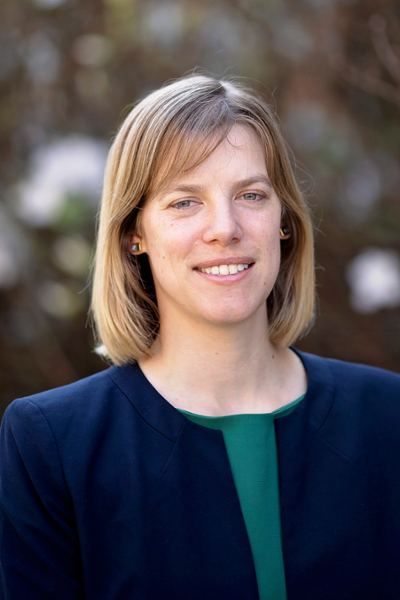Published on October 24, 2022 by Morgan Black

A new paper by Joy Buchanan, assistant professor of quantitative analysis and economics, “Willingness to be Paid: Who Trains for Tech Jobs?,” has been accepted for publication by Labour Economics.
Having a larger high-skill workforce increases productivity, so it is useful to understand how workers self-select into high-paying technology (tech) jobs. Buchanan’s study examines how workers decide whether or not to pursue tech, through an experiment in which subjects are offered a short-term programming job.
The subjects in the experiment were mostly college students. She found that most college students are willing to do a short-term programming job, if the wage was high enough.
In the study she also observed that the male and female participants behaved similarly: there was no significant difference in reservation wages or in the choice to reject the follow-up invitation to program. Men and women were equally willing to program and equally confident in their ability to pass a training quiz.
She also determined that an encouraging message did not increase confidence or willingness to program. An important determinant of the reservation wage, the lowest wage an employee would accept to continue doing their job, is whether or not an individual enjoys programming.
Learn more about her methodology here.
Samford is a leading Christian university offering undergraduate programs grounded in the liberal arts with an array of nationally recognized graduate and professional schools. Founded in 1841, Samford is the 87th-oldest institution of higher learning in the United States. Samford enrolls 6,101 students from 45 states, Puerto Rico and 16 countries in its 10 academic schools: arts, arts and sciences, business, divinity, education, health professions, law, nursing, pharmacy and public health. Samford fields 17 athletic teams that compete in the tradition-rich Southern Conference and ranks with the second highest score in the nation for its 98% Graduation Success Rate among all NCAA Division I schools.

